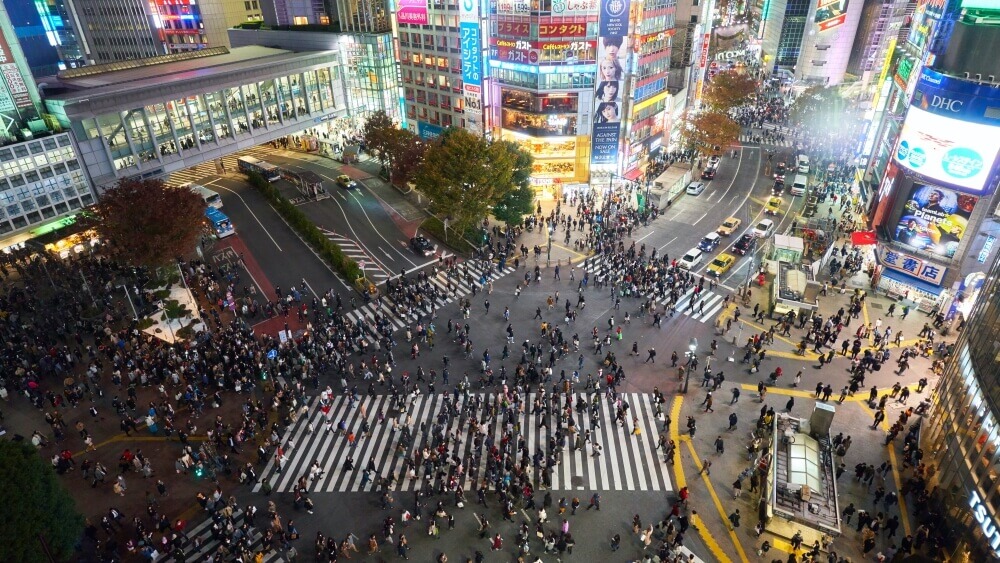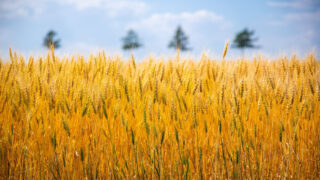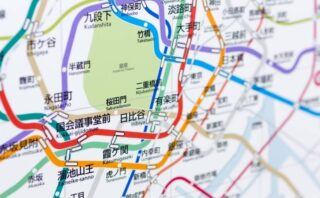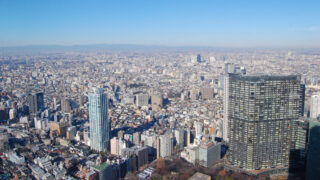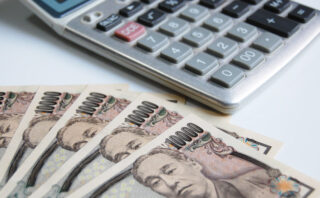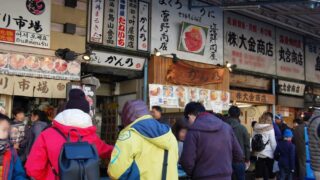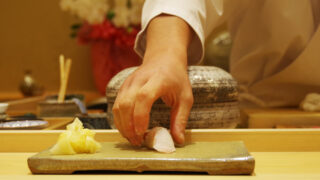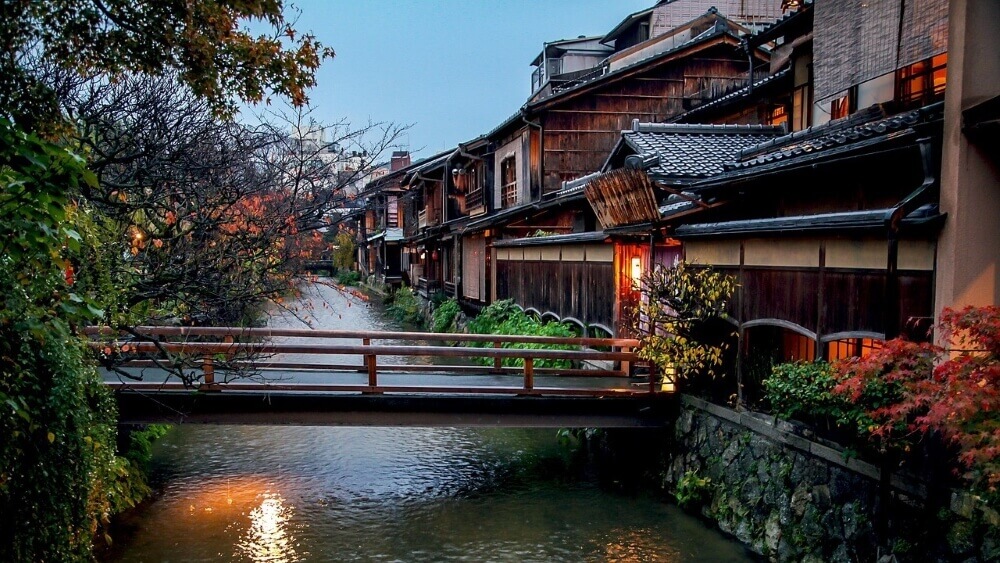Welcome to Tokyo, where tradition and modernity harmonise! This comprehensive prefecture guide contains information on both tourism and daily life in Tokyo.
Tokyo Basic Information
Overview of Tokyo
- Prefecture name: Tokyo
- Area: 2,194 km2 (45th / 47 prefectures)
- Population: 14,094,034 (1st / 47 prefectures)
- Website: https://www.metro.tokyo.lg.jp/
Tokyo, Japan’s capital and most populated prefecture with over 14 million residents, is a city where tradition and modernity beautifully coexist. The city centre is made up of 23 special wards, surrounded by areas rich in natural beauty. As Japan’s most international prefecture, Tokyo is home to 16% of the country’s foreign residents.
In Tokyo, you’ll find a unique blend of old and new: historic temples alongside futuristic skyscrapers, traditional cuisine mixed with vibrant street food and serene cherry blossoms contrasting with neon-lit nights.
Traditional neighbourhoods like Asakusa, Yanaka and Fukagawa offer a taste of Japan’s past, while urban districts like Shibuya, Shinjuku, and Roppongi showcase the dynamic energy of contemporary Japanese society. Tokyo is a city of endless discovery, where the warmth of local hospitality meets the cutting edge of art and technology.
Location and Access
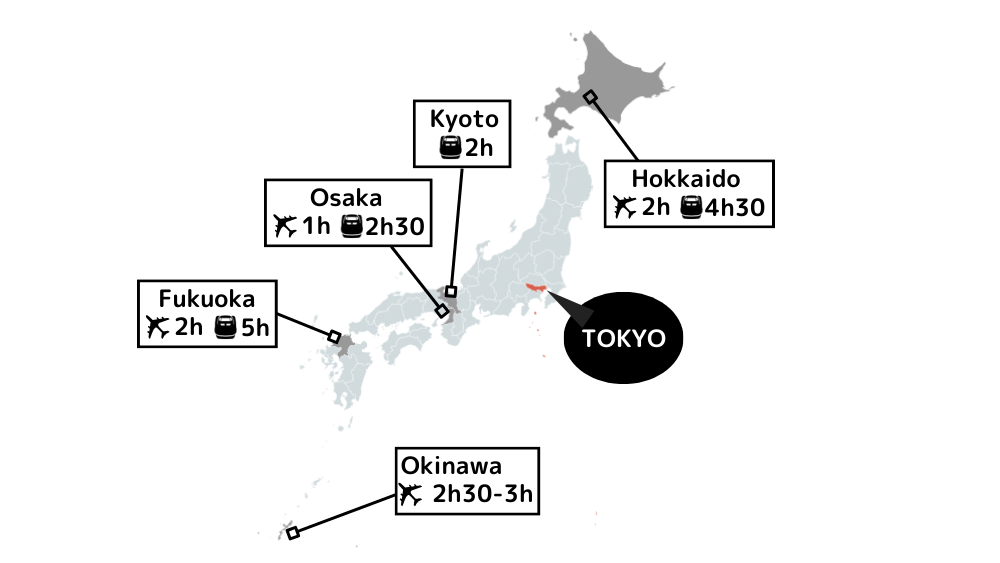
Located near the centre of Japan, Tokyo faces the Pacific Ocean. Two major international airports (Narita and Haneda) provide easy access from both domestic and international destinations.
Access from Hokkaido
- By Plane: Direct flights from New Chitose Airport to Tokyo are available, taking approximately 2 hours.
- By Shinkansen (Bullet Train): The Shinkansen operates from Shin-Hakodate-Hokuto station to Tokyo station, taking about 4.5 hours.
Access from Osaka
- By Plane: Direct flights from Kansai Airport to Haneda Airport and Narita Airport are frequent, with a travel time of approximately one hour.
- By Shinkansen: The Shinkansen from Shin-Osaka Station to Tokyo Station takes as little as 2.5 hours.
Access from Kyoto
- By Shinkansen: The Shinkansen from Kyoto Station to Tokyo Station takes about 2 hours.
Access from Fukuoka
- By Plane: Numerous direct flights from Fukuoka Airport to Tokyo are available, taking approximately 2 hours.
- By Shinkansen: The Shinkansen from Hakata Station to Tokyo Station takes approximately 5 hours.
Access from Okinawa
- By Plane: Frequent direct flights from Tokyo to both Naha Airport and Ishigaki Airport are available, taking approximately 2.5-3 hours.
Climate in Tokyo
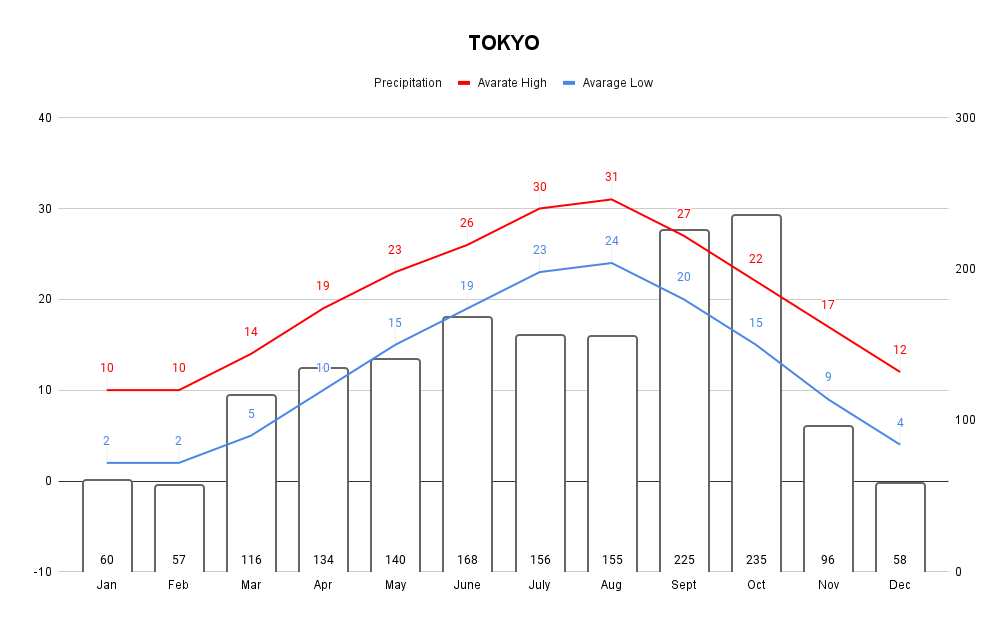
Except for the rainy season in June and the typhoon season from July to September, the weather is generally comfortable year-round with just the right amount of rainfall.
Spring (March-May): Mild and comfortable days persist, yet there is a significant temperature difference between day and night.
- Average High temperature: 15-25°C
- Average Low temperature: 5-15°C
Summer (June-August): June is the rainy season, followed by very humid and hot days.
- Average High temperature: 25-35°C
- Average Low temperature: 20-25°C
Autumn (September-November): September lingers with lingering summer heat, while October and November offer a comfortable climate.
- Average High temperature: 20-30°C
- Average Low temperature: 10-20°C
Winter (December-February): Generally mild, but there are a few snowy days during the winter.
- Average High temperature: 10-15°C
- Average Low temperature: 0-5°C
Transportation in Tokyo
Train
The main means of transport in Tokyo is by train, with Tokyo Metro and Toei Subway covering the city. Japan Railways (JR) connects the city centre to the suburbs, allowing easy transfers at major stations. Utilising transportation cards like Suica or Pasmo simplifies ticketing procedures for seamless travel.
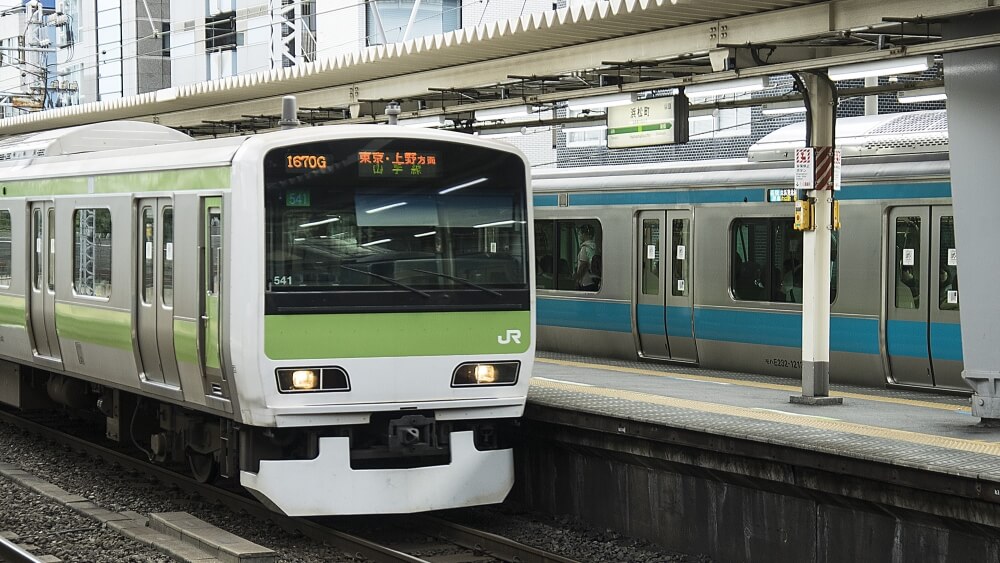
Bus
While Tokyo’s city buses are punctual, their complex routes can be challenging for tourists. Express buses from Tokyo to major cities and resorts are convenient, departing from major stations like Tokyo and Shinjuku. They offer comfortable seats and free Wi-Fi.
Taxi
Taxis would be another good transportation option. As of 2024, the starting fare is ¥500, with additional charges based on distance and time. We advise you to have cash as some taxis may not accept credit cards. Additionally, considering that many drivers may not speak English well, utilising taxi apps is recommended.
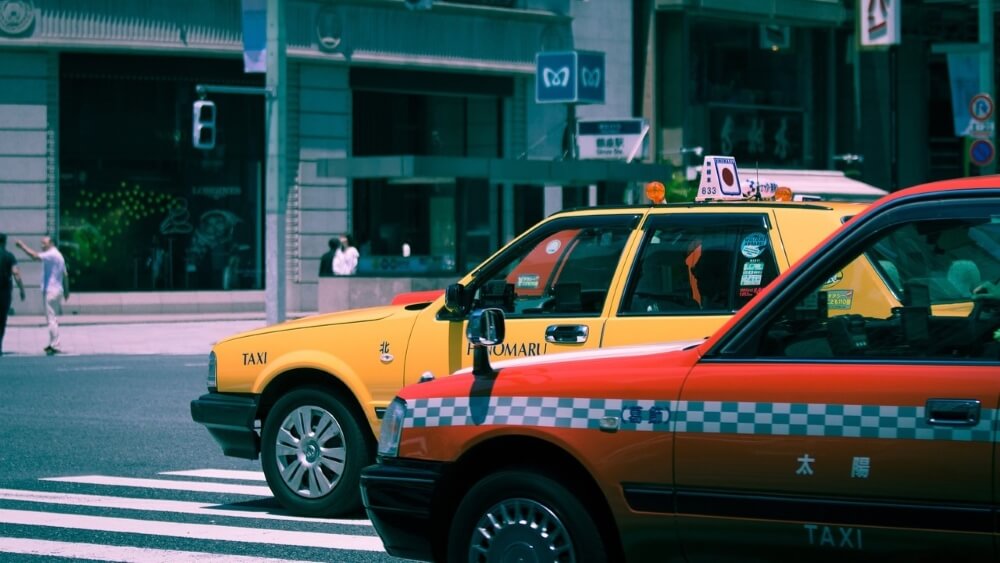
Bicycle
Cycling is also one of the convenient ways to get around Tokyo. While bike lanes are not fully developed, the roads are generally smooth, and the city is relatively flat. Since parking spots for bikes are limited, time-based share bikes that you can pick up and drop off anywhere are a convenient option.
Tokyo Living Guide
Living Environment
Tokyo offers a lively and modern urban atmosphere in the city centre and shopping districts in the west like Shibuya and Shinjuku, while the northern areas like Asakusa and the eastern parts like Fukagawa, retain a nostalgic charm. Within the 23 wards, you’ll find an extremely well-developed public transportation network, countless shops and restaurants, and well-maintained parks, making Tokyo a comfortable city to live in.
Despite being one of the busiest cities in the world, Tokyo has a surprisingly low crime rate, making it a safe place to live. Apart from some nightlife districts like Shinjuku’s Kabukicho, you can comfortably walk around the city, even alone at night. The city’s infrastructure is designed to efficiently manage its large population, allowing residents to enjoy a wide range of public services and amenities without stress.
Cost of Living in Tokyo
Housing costs in Tokyo can be higher than in other cities in Japan, often the biggest part of your life expenses. As a guideline, in central areas and busy districts like Shinjuku and Shibuya, a studio apartment typically costs between 100,000 and 150,000 yen per month, while a family-sized apartment usually starts at around 200,000 yen per month.
If you’re willing to live 20-30 minutes by train from the city centre, you can find a studio for around 70,000 to 100,000 yen and a family-sized apartment for around 100,000 to 150,000 yen.
Utilities, including electricity, gas, and water, typically add 10,000 to 15,000 yen to your housing costs, while internet services cost about 5,000 yen per month. Grocery prices in Tokyo are similar to other parts of Japan. Eating out offers plenty of options, from affordable meals at fast food or casual dining places (around 1,000 yen per meal) to globally known high-end restaurants. Monthly transportation passes cost around 8,000 to 10,000 yen.
Overall, while Tokyo is one of the more expensive cities in Japan, you can live on around 180,000 yen per month by choosing an affordable area to rent.
Tokyo Travel Guide
Top Tourist Attractions
Tokyo, with its contrasting elements, offers numerous tourist spots catering to various interests. From iconic landmarks to historical sites, the following are some recommended highlights.
Asakusa
Senso-ji is Japan’s oldest temple, located in Asakusa. Explore Nakamise Shopping Street for traditional souvenirs and street food. The Samurai Ninja Museum Tokyo, where visitors can experience being a ninja or a samurai, is also popular among foreign tourists.
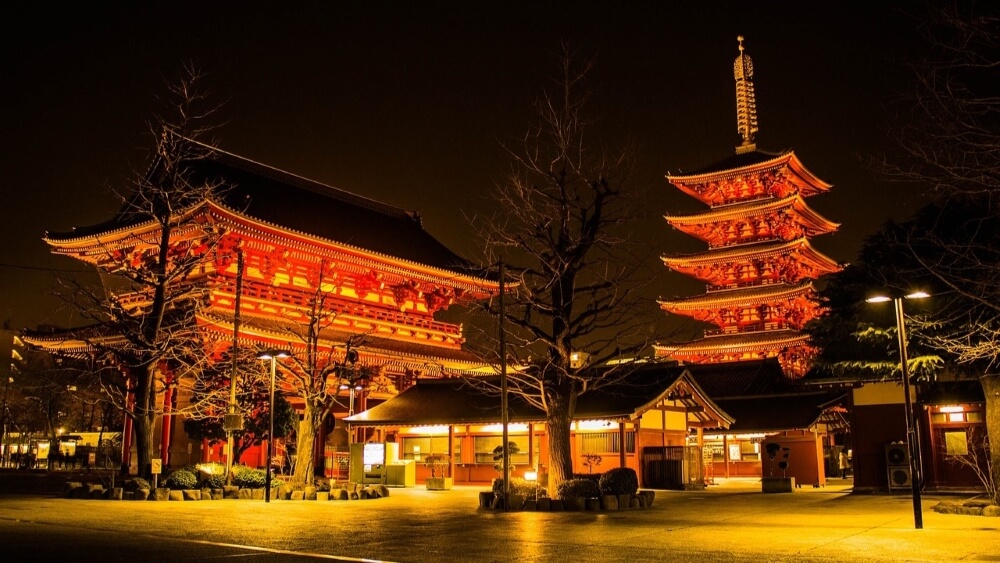
Tokyo Tower
Tokyo Tower is an iconic landmark offering panoramic views of Tokyo. Enjoy modern urban landscapes during the day and dazzling neon lights at night.
Official site: https://www.tokyotower.co.jp/en/
Toyosu
In 2018, the fish market moved from Tsukiji to Toyosu. In Toyosu, you’ll find a popular facility called “KidZania”, where children can explore different professions, “teamLab Planets”, where you can have an immersive art experience and a large shopping mall. In 2024, a new dining and Onsen facility named “Senkyaku Banrai” was opened, further enhancing Toyosu’s appeal and paving the way for future development in the area.
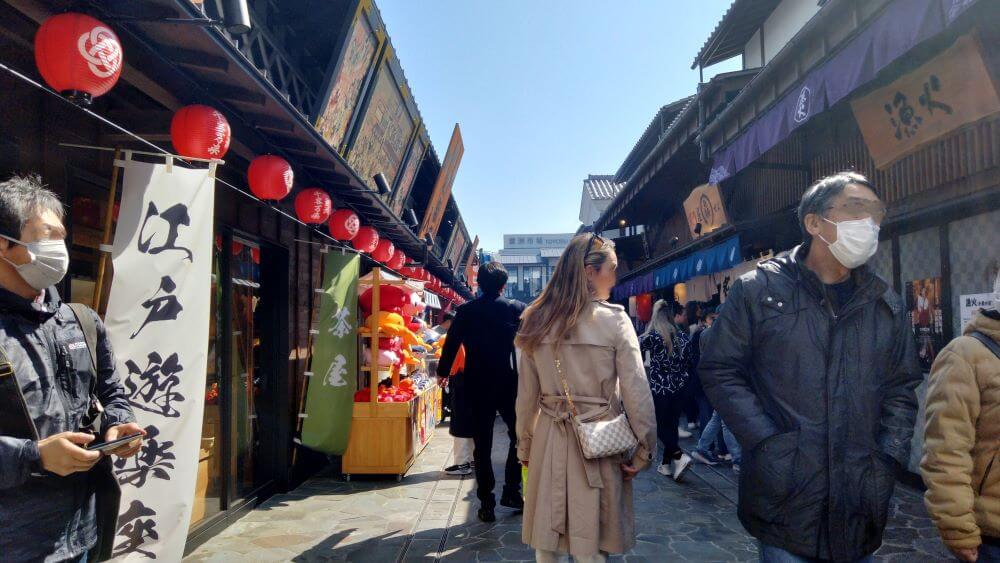
Tsukiji Market
Even after the fish market relocated to Toyosu, Tsukiji still retains many seafood restaurants. It’s a culinary treasure trove offering fresh seafood. Savour sushi and seafood bowls, experiencing the local atmosphere and traditional Japanese flavours.
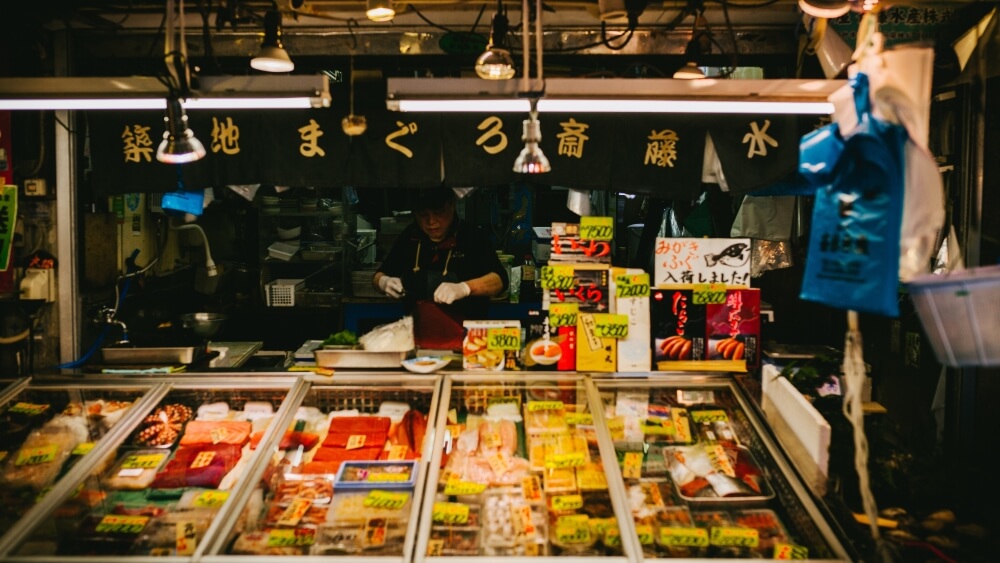
Shinjuku Kabukicho
A vibrant district with neon lights and diverse entertainment options. Ideal for nightlife and shopping.

Tokyo Disneyland
Located just 30 minutes from Tokyo. The park is divided into two areas: ‘Disneyland’ and ‘DisneySea’. Tokyo DisneySea is a nautical-themed park where you can enjoy a unique atmosphere, featuring a beautiful canal and more.
Official site: https://www.tokyodisneyresort.jp/en/
Ryokoku Kokugikan (Sumo)
Sumo, Japan’s national sport, is held six times a year, with three of those tournaments typically taking place at the Ryogoku Kokugikan in Tokyo. The powerful wrestlers clash in the ring, offering spectators intense and captivating moments.
Official site: https://www.sumo.or.jp/En/

Harajuku
A trendy area with a creative atmosphere, especially popular among young people. Takeshita Street, with its colourful fashion and unique items, is a must-visit. You might encounter cosplayers on the street.
Tokyo Food Specialities
Tokyo’s food culture is incredibly diverse, ranging from traditional Edo-style sushi to sophisticated fusion cuisine.
- Edo-style Sushi: Traditional sushi with fresh ingredients and skilled craftsmanship. Eating authentic sushi freshly made in front of you is definitely one of the reasons to visit Japan. To learn more about sushi, read “Sushi in Japan: A Guide to Fish Names in Japanese and Their Tastes“
- Ramen: Among the various ramen flavours, Tokyo-style ramen is characterised by clear, soy-based broths that offer a simple yet refined taste, combining soy sauce and dashi.
- Monjayaki: A local dish from downtown Tokyo, made with a batter of dashi and grilled with ingredients like cabbage, pork, squid, and more.
- Dojo Nabe: A hot pot dish with loach, traditionally eaten in downtown Tokyo. For a unique culinary experience!
Seasonal Events & Festivals
The prefecture hosts various events that showcase Japan’s traditions and culture while providing opportunities for locals and visitors to enjoy festivities together.
- Sanja Matsuri: Asakusa’s representative festival is held annually in May. Gorgeous mikoshi (portable shrines) processions and traditional rituals are highlights.
- Comike (Comic Market): The world’s largest doujinshi fair featuring self-published art, manga, and cosplay. A must-visit for anime, manga, and gaming enthusiasts.
- Fireworks Festivals: Tokyo’s fireworks are known for their scale and quality. Enjoying street food and the atmosphere of Japanese summer festivals is a unique experience.
These are just a few highlights of Tokyo’s charm and attractions. Whether you’re interested in traditional culture, modern entertainment, or culinary delights, Tokyo offers every traveller a diverse and unforgettable experience.
